Affiliate links on Android Authority may earn us a commission. Learn more.
Meet the Axon M: ZTE’s crazy foldable smartphone
Published onOctober 17, 2017
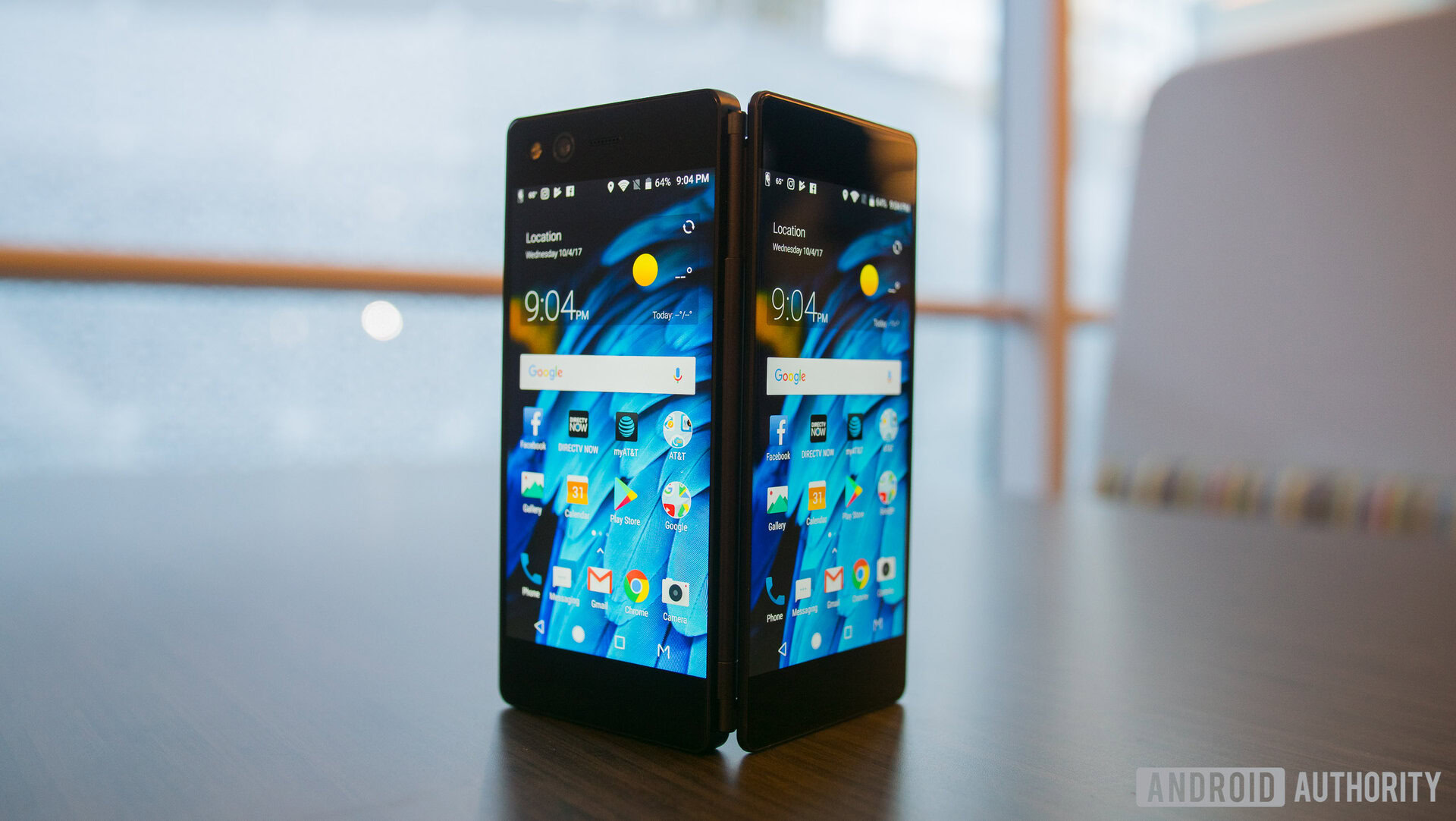
There is a perceived slowdown of innovation when it comes to smartphone design. Risk-adverse manufacturers stick to what works (read: what others are doing) and it’s hard to blame them, considering what’s at stake. The result is a variety of phones that all look pretty much the same.
In this sea of sameness, the ZTE Axon M will most definitely stand out.
Officially announced today, the Axon M features two 5.2-inch Full HD displays mounted on a hinged design that lets it turn from a regular (albeit thick) smartphone to a small tablet of sorts or even a laptop-like format.
Here’s what you need to know about the hinged design and all the other key details of the ZTE Axon M.

It’s a foldable phone, not a foldable screen
When we brought you the first leaked information about the Axon M, we were kind of hoping that ZTE managed to beat Samsung to the punch and launch a foldable screen device before the Korean giant. That’s not the case – the Axon M features two conjoined, but distinct 5.2-inch LCD screens, not a flexible display.
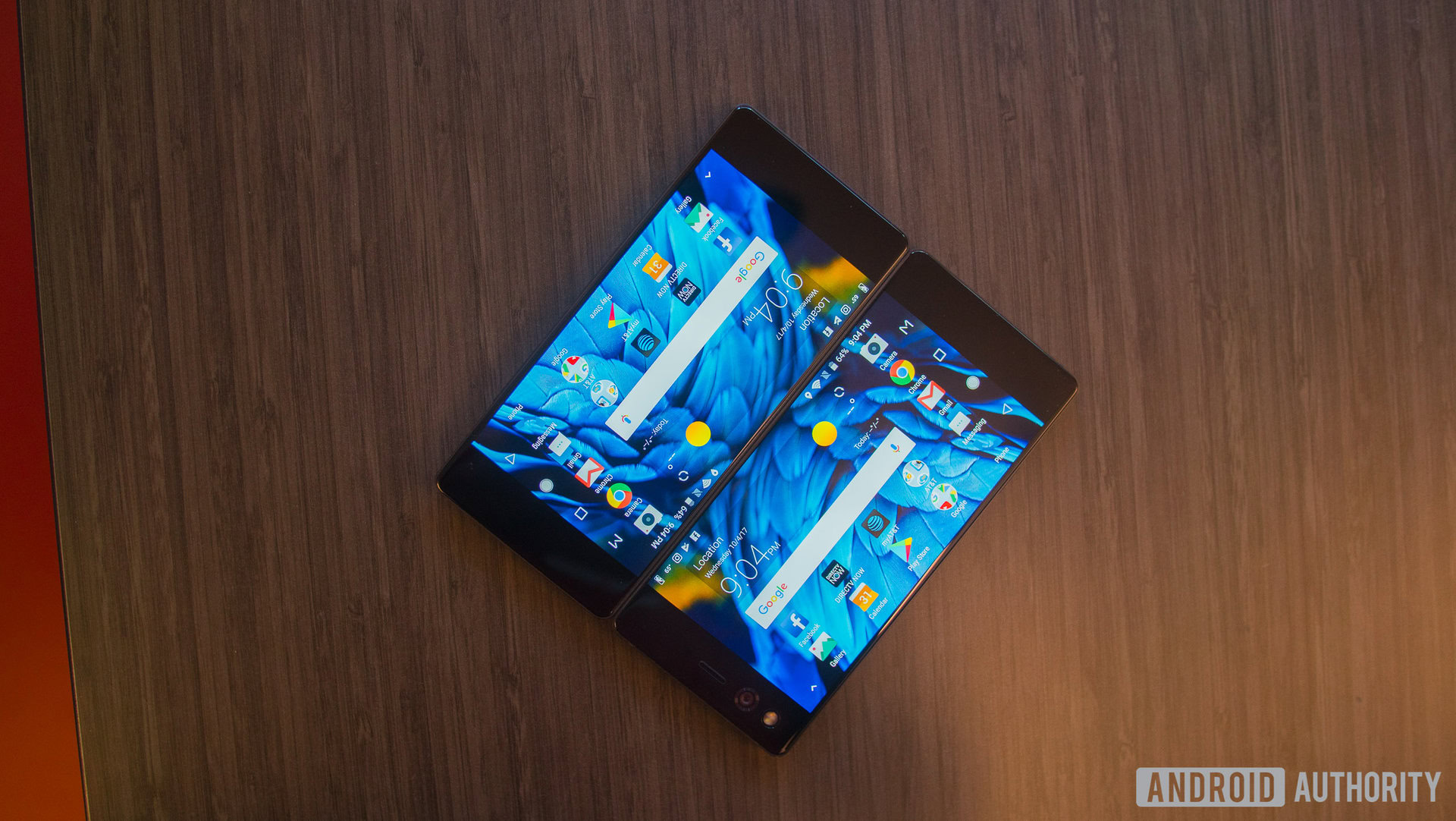
It’s not the breakthrough technology we’ve been waiting for, but it’s still a pretty great design made possible by today’s ultra-thin bezel display technology. The sides of the two screens match closely and the combined “bezel” separating the screens is just a couple of millimeters thick. It’s not thin enough to fully go away, but using the Axon M to open an app across the two screens is still a pretty fun and compelling experience. It’s definitely a far cry from some other foldable devices from the past, like the clunky Sony Tablet P.
Convert between multiple use modes
You can use the Axon M a lot like a normal smartphone, by folding it in and using just one of the two Full HD screens. In this mode, only one screen is active, while the one on the back disappears into the black bezels, effectively becoming invisible.
At 12.1 millimeters, the Axon M is not actually that thick, especially if you consider what that thickness gives you. But from Lanh’s hands-on time with the device, it sounds like the phone is a little awkward to use and very different from any other device out there – the weight of 230 grams might have something to do with that.
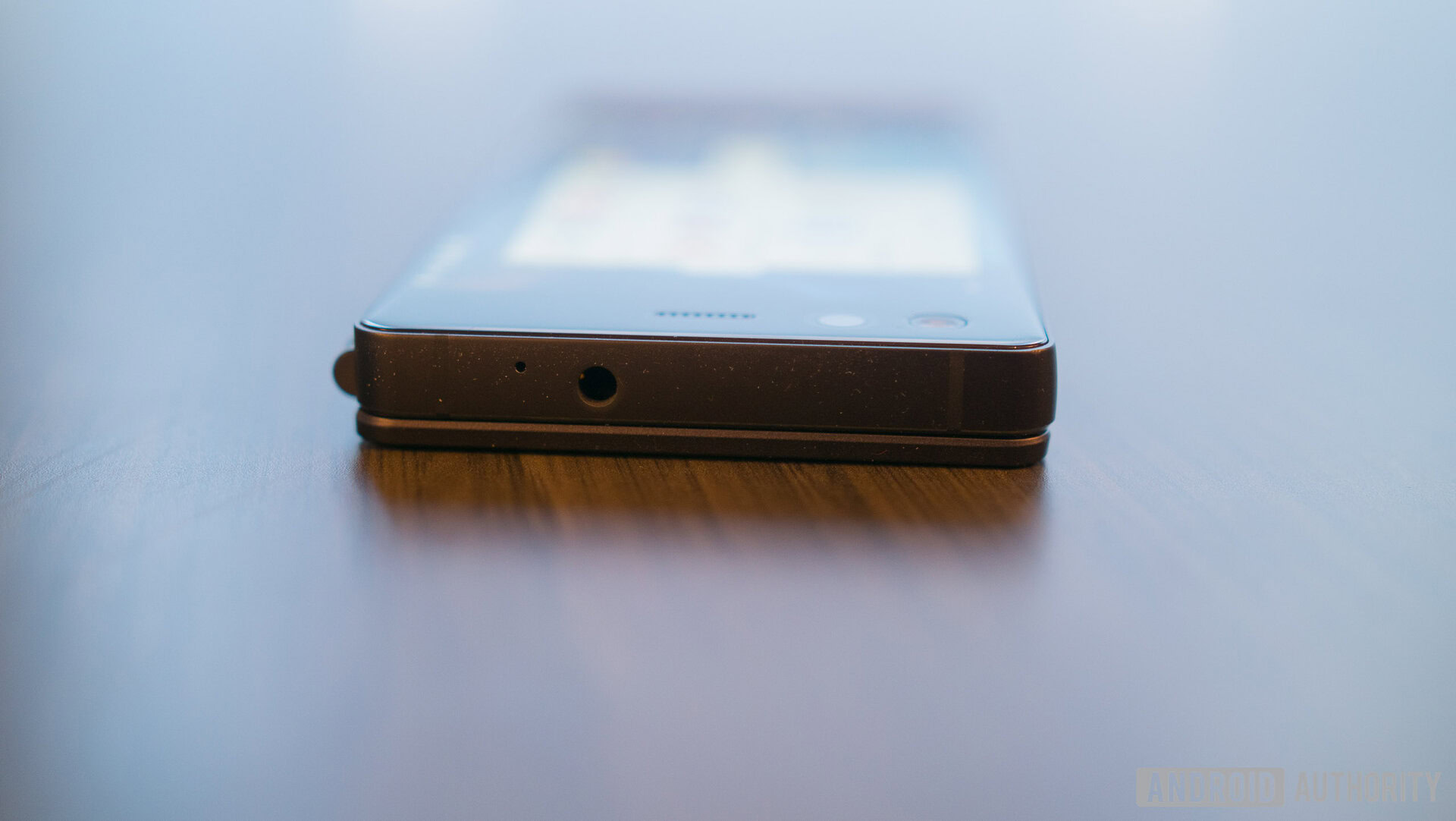
Pop the two sides open and you’ve got yourself what is essentially a squarish tablet. We’ll talk about how the operating system, apps, and other content behave in this mode in the section below, but the most intriguing thing about is the possibility to use the Axon M as a portable gaming console, with one screen hosting the controls and the other the content.
Finally, you can use the Axon M in “tent mode,” much like the Lenovo Yoga and other convertible laptops out there. This is useful if you want to prop up the phone to watch a movie, either by yourself or with someone across the table.
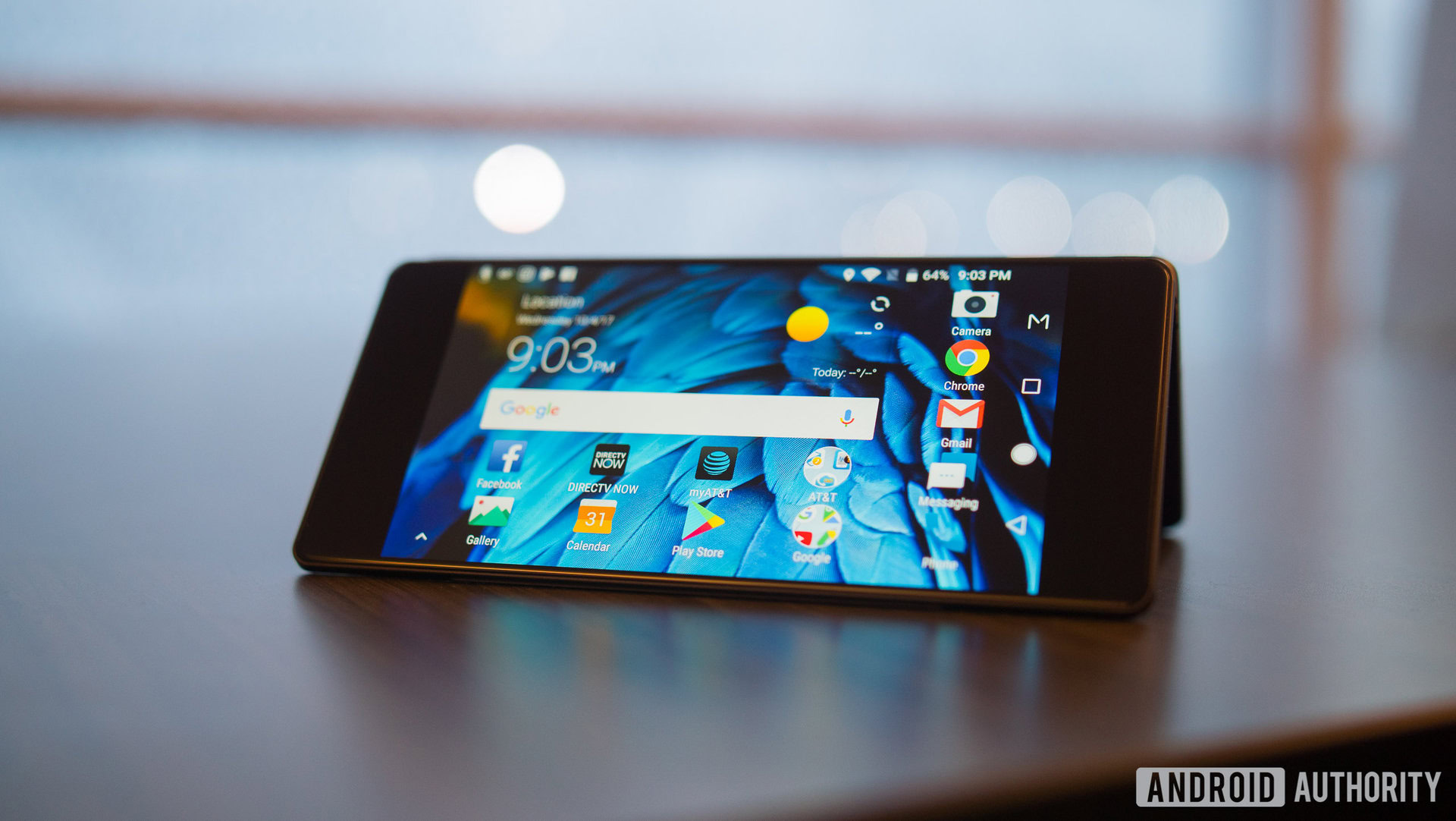
Multitasking is the name of the game
While Android is very flexible – it was designed from day one to work on screens of any shape and size – ZTE didn’t rely exclusively on this flexibility when it comes to the Axon M. An “M” button placed in the nav bar lets users switch between several modes: one display only, mirror (useful for watching content in tent mode), separate (the two displays are independent), and combined (one large screen).
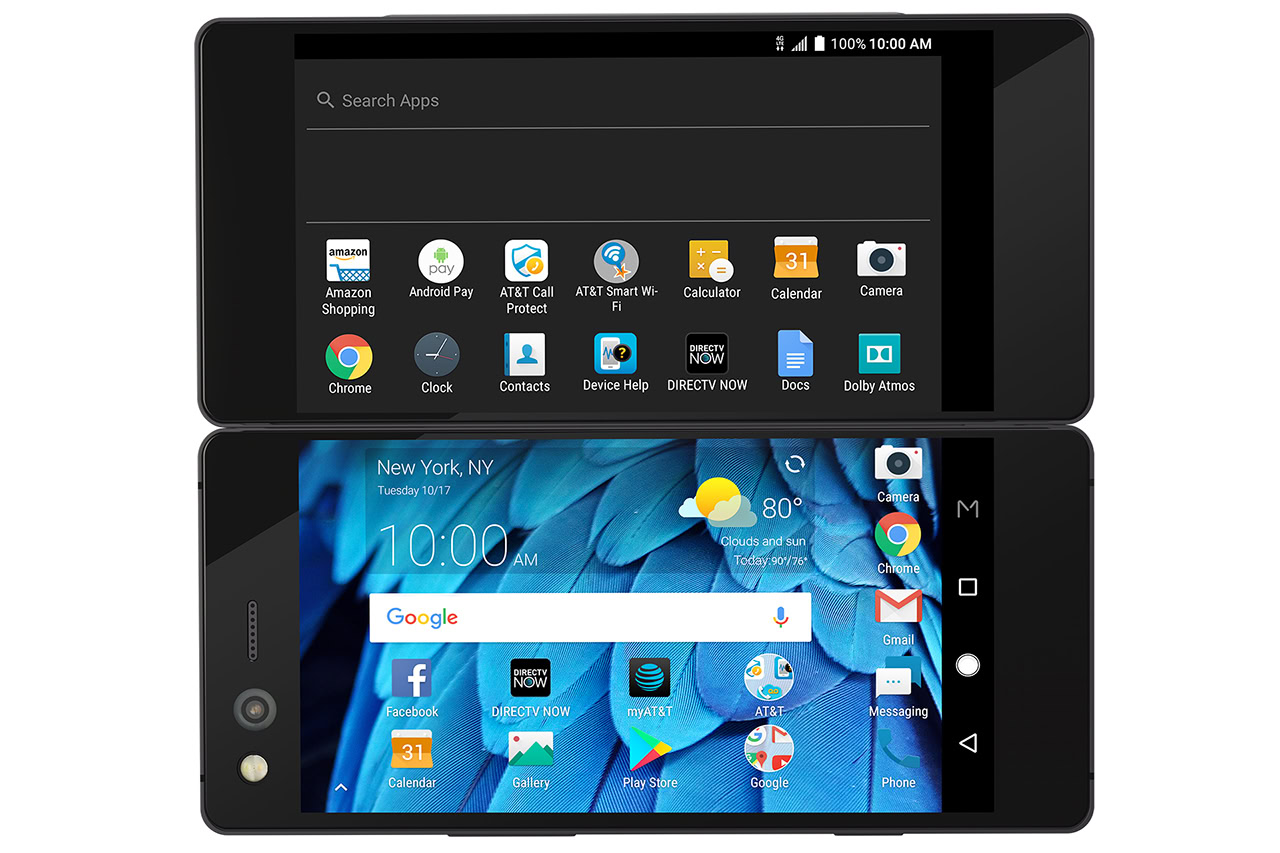
The ability to use the two screens separately is very interesting, as it really lets you do some advanced multitasking. You can easily open one app in the left screen and a completely different one in the other, which can be great for productivity or for heavy content consumption.
In the combined mode, most apps scale up seamlessly, with a few exceptions. For these, developers will need to update their apps to work with the Axon M, though it all depends on how much of an impact this device will have on the market. The same goes with apps that are custom-made to take advantage of the Axon M’s two screens.
The specs are a little disappointing
Here’s a full rundown of the Axon M specifications and features. We’ll just briefly note that ZTE seems to have made some sacrifices in order to fit that extra screen on the Axon M’s bill of materials. The device uses last year’s Snapdragon 821 processor, instead of the current Snapdragon 835, and 4 GB of RAM, at a time when other phones hit 8 GB. Don’t get us wrong – that may still be enough for a solid user experience, but it’s a shame that the great design isn’t supported by the best specs. Especially considering the multitasking focus of the Axon M.
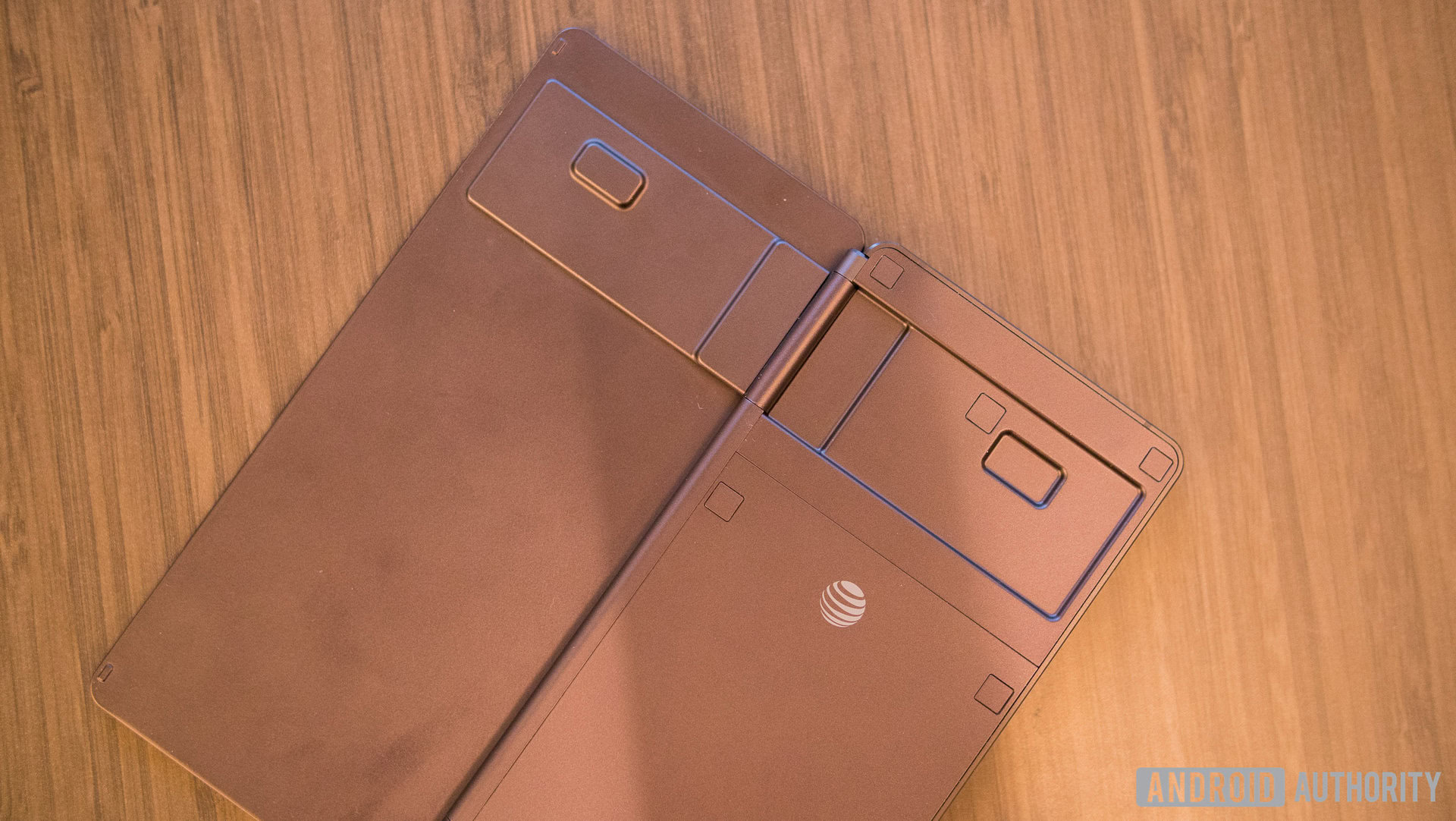
Another thing to note is the battery size: 3,180 mAh. That’s very reasonable for a smartphone these days, but other smartphones have only one screen. It remains to be seen how good a battery life you’ll be able to get when using the Axon M in tablet mode.
It’s going to be available through AT&T
Unlike some other Chinese manufacturers, ZTE has good relationships with US carriers, including AT&T, which will carry the Axon M.
The phone will be available in November for $24.17 per month for 30 months, which adds up to a full retail price of $725.10. That’s going to be a tough sell, when devices like the Galaxy S8 can be had for just a couple pennies more each month.
More ZTE Axon M coverage from Team AA
We’ll update this post with more details as we learn more about the ZTE Axon M. Let us know what you think of this innovative device and check out our hands-on impressions at the link below.